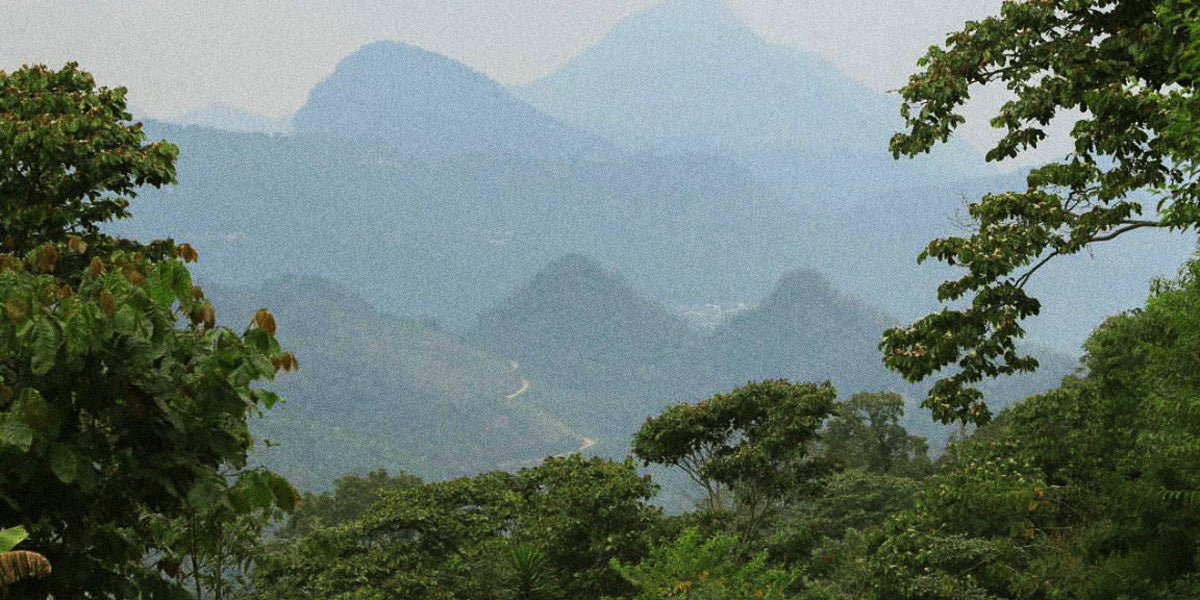Producer Profiles Main Page •
Back to Producers OverviewChiapas Mountain Water Decaf: Small Farms, Big Flavor
You know how most decaf tastes like, well, nothing much? This one's different. We're talking about coffee from small farms in southern Chiapas that actually keeps its character after decaffeination. These farmers, most working just a couple hectares in the Sierra Madre mountains, have created something that breaks the old rules about decaf.
The Farmers and Their Land
The Sierra Madre de Chiapas runs along Mexico's Pacific coast, rising sharply from sea level to over 9,000 feet. Our coffee comes from farms scattered between 1,200 and 1,900 meters, where around 500,000 small farmers produce most of Mexico's coffee. About 95% of these producers work less than three hectares, many of them indigenous Mexicans who've been growing coffee here for generations.
Chiapas produces about 41% of Mexico's coffee, more than any other state. The combination of volcanic soil, elevation, and climate creates ideal conditions for arabica varieties. These aren't industrial operations, they're family farms where coffee grows alongside shade trees and other crops, part of a traditional agricultural system that's been refined over decades.
The Varieties They Grow
These farmers mostly cultivate older Typica and Bourbon plants, with some Caturra and Catuaí mixed in. If you're into coffee genetics, this matters. Typica came to Mexico through a long journey from Ethiopia to Yemen to Java to Europe and finally to the Americas in the 1700s. It's known for sweetness and complexity but requires more care and produces lower yields than newer varieties.
Bourbon followed a similar path but through different colonial routes. These traditional varieties need altitude and attention, which is exactly what they get on these small mountain farms. While bigger operations might choose varieties for yield or disease resistance, these farmers stick with what makes good coffee, even if it means more work.
Processing at Home
Here's where it gets interesting. Even at such a small scale, each farmer handles their own processing. Some have motorized depulpers, others still hand-crank theirs, turning ripe cherries into parchment coffee. The fermentation happens in cement tanks, breaking down the mucilage that surrounds the beans. Then everything heads up to the rooftop patios to dry under the Chiapas sun.
This isn't mechanized precision. It's farmers working with what they have, using techniques passed down through families. The fact that they can produce consistent quality this way, at this scale, says something about their skill and dedication.
The Mountain Water Journey
After drying, the coffee makes its way to Descamex in Córdoba, Veracruz. This facility opened in 1980 as Latin America's first decaffeination plant. The founder, Domingo Muguira Revuelta, developed what became known as the Mountain Water Process, patented in 1987.
The process sounds almost too simple to work. They create this super-concentrated coffee extract, basically coffee water that contains everything except caffeine. The green beans soak in this solution for about 24 hours. Through osmosis, the caffeine migrates out while everything else, the oils, sugars, and flavor compounds, stays put. Carbon filters trap the caffeine, and the beans retain their character.
The water comes from Pico de Orizaba, Mexico's highest peak at over 18,000 feet. No chemicals, no solvents, just water and time. The process removes 99.9% of the caffeine while preserving what makes the coffee worth drinking in the first place. The facility has been certified organic since 2003.
What Makes This Special
We've tried a lot of decafs over the years. Most lose something essential in the process, becoming flat shadows of their caffeinated selves. This one keeps the classic Mexican profile intact. That chocolate sweetness Mexico is known for comes through clearly, along with the fruit notes you'd expect from good Chiapas coffee.
The combination of traditional varieties, careful small-scale processing, and the Mountain Water method creates something unusual, a decaf you'd choose even if caffeine wasn't an issue. The farmers' attention to quality at origin gives Descamex something good to work with, and their process respects that quality.
What You Can Expect
In the cup, you'll find that characteristic Mexican chocolate note, not the sharp bitterness of dark chocolate but something mellower, like cocoa powder or chocolate milk. There's sweetness reminiscent of brown sugar or raw cane, what Mexicans call panela. The fruit notes lean toward citrus, maybe orange or tangerine, with good clarity.
The body sits in the medium range, not too heavy but substantial enough to carry the flavors. The finish is clean, without the chemical aftertaste that plagues some decafs. If you know our regular Chiapas coffee, you can taste them side by side and understand how far decaf technology has come.
This coffee works well across brewing methods. It's forgiving in a drip machine, develops nice sweetness in a French press, and holds up to espresso extraction if that's your thing. The lack of caffeine doesn't mean lack of character.
A Note on Organic Certification
These farms maintain organic certification, which at this small scale means working without synthetic pesticides or fertilizers. In the mountains of Chiapas, that often means traditional shade-grown methods, where coffee grows under a canopy of native trees. It's labor-intensive but creates a more stable ecosystem and often better coffee.
The Mountain Water Process maintains all certifications from origin. Since it uses only water and carbon filtration, organic beans stay organic through decaffeination. For farmers working this hard to maintain standards, it matters that the process respects their efforts.
The Reality of Great Decaf
Let's be honest, decaf has a reputation problem. But this coffee shows what's possible when quality matters at every step. Small farmers growing good varieties with care, processing with attention despite limited resources, and a decaffeination method that respects the coffee's character.
This isn't about making decaf "almost as good" as regular coffee. It's about making good coffee that happens to be decaffeinated. For anyone who's given up on decaf, or needs to cut caffeine without cutting coffee, this shows a different way forward. The farmers in Chiapas and the team at Descamex have created something worth drinking on its own terms.





